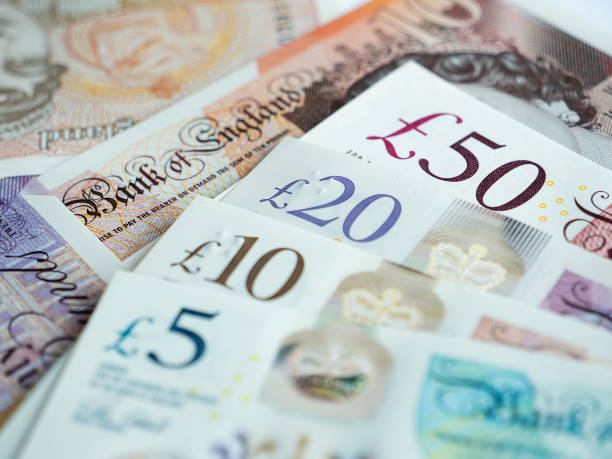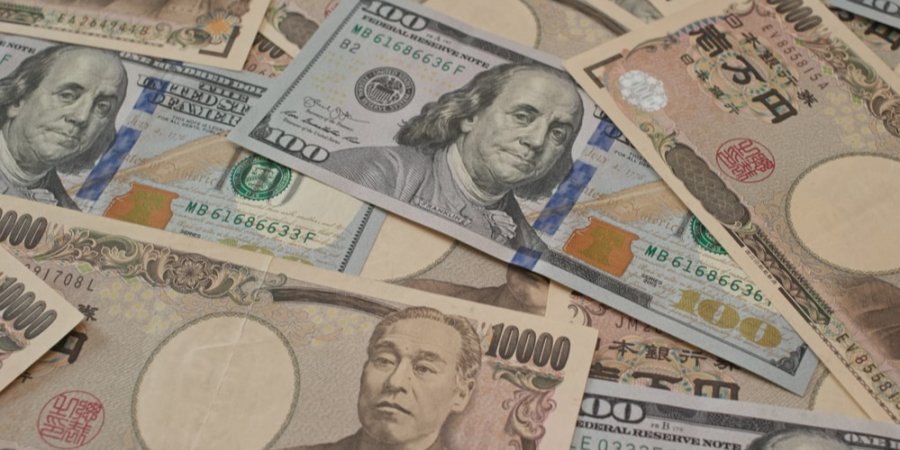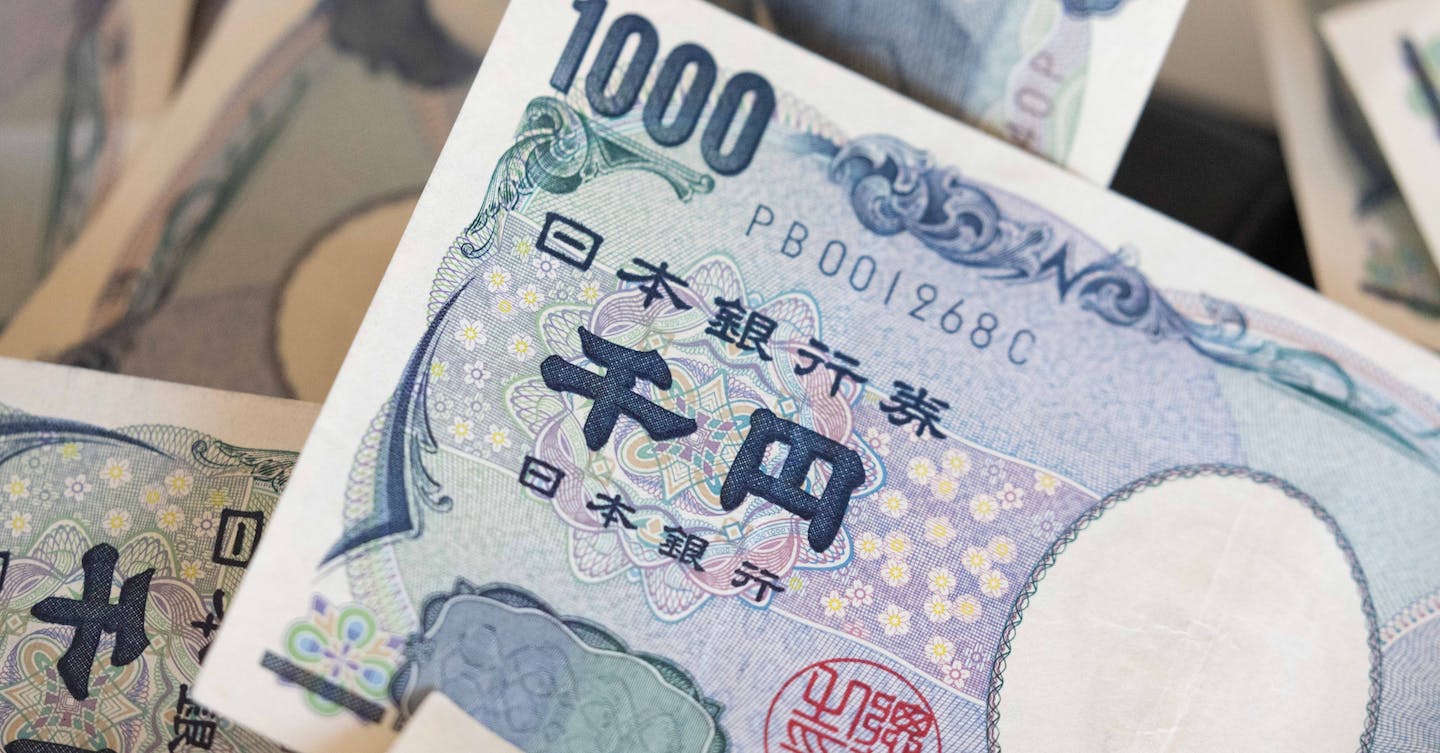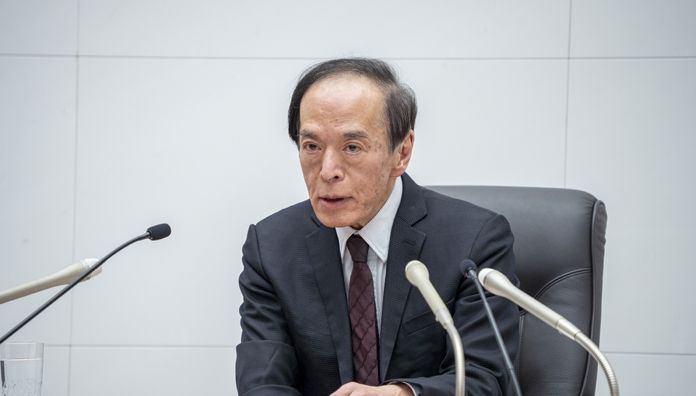GBP/JPY maintains position above 198.00 after LDP Ishiba re-elects as Japan Prime Minister


- GBP/JPY appreciates due to uncertainties regarding the future BoJ interest rates outlook.
- LDP’s Shigeru Ishiba has been re-elected as Japan's Prime Minister, securing 221 of the 465 votes in the lower house of parliament.
- BoE’s Bailey emphasized that monetary policy will remain tight until the risks of persistent inflationary pressures are reduced.
GBP/JPY breaks its two days of losses, trading around 197.90 during the European session on Monday. The Japanese Yen (JPY) faces challenges due to uncertainty surrounding the Bank of Japan’s (BoJ) interest rate hikes in the future. The BoJ Summary of Opinions for the October meeting highlighted divisions among policymakers regarding the timing of future interest rate hikes.
Some members of the Bank of Japan expressed concerns about global economic uncertainties and rising market volatility, particularly around the Yen's depreciation. Still, the central bank has suggested it might increase its benchmark policy rate to 1% by the latter half of the 2025 fiscal year.
Liberal Democratic Party’s (LDP) Shigeru Ishiba has been re-elected as Japan's Prime Minister, receiving 221 out of 465 votes in the lower house of parliament. This follows last month’s election, in which Ishiba’s LDP, along with its coalition partner Komeito, lost their parliamentary majority.
The Bank of England (BoE) lowered interest rates by 25 basis points on Thursday. BoE Governor Andrew Bailey noted that, if the economy develops as anticipated, interest rates will continue to decrease gradually. However, Bailey stressed that monetary policy will remain tight until the risks of persistent inflationary pressures are reduced.
The Office for Budget Responsibility recently revised its inflation forecast for 2025, raising it to an average of 2.6%, up from the 1.5% estimate in March. This adjustment is closely aligned with the BoE’s August projections, which forecast inflation at 2.4% in one year, 1.7% in two years, and 1.5% in three years.
Central banks FAQs
What does a central bank do?
Central Banks have a key mandate which is making sure that there is price stability in a country or region. Economies are constantly facing inflation or deflation when prices for certain goods and services are fluctuating. Constant rising prices for the same goods means inflation, constant lowered prices for the same goods means deflation. It is the task of the central bank to keep the demand in line by tweaking its policy rate. For the biggest central banks like the US Federal Reserve (Fed), the European Central Bank (ECB) or the Bank of England (BoE), the mandate is to keep inflation close to 2%.
What does a central bank do when inflation undershoots or overshoots its projected target?
A central bank has one important tool at its disposal to get inflation higher or lower, and that is by tweaking its benchmark policy rate, commonly known as interest rate. On pre-communicated moments, the central bank will issue a statement with its policy rate and provide additional reasoning on why it is either remaining or changing (cutting or hiking) it. Local banks will adjust their savings and lending rates accordingly, which in turn will make it either harder or easier for people to earn on their savings or for companies to take out loans and make investments in their businesses. When the central bank hikes interest rates substantially, this is called monetary tightening. When it is cutting its benchmark rate, it is called monetary easing.
Who decides on monetary policy and interest rates?
A central bank is often politically independent. Members of the central bank policy board are passing through a series of panels and hearings before being appointed to a policy board seat. Each member in that board often has a certain conviction on how the central bank should control inflation and the subsequent monetary policy. Members that want a very loose monetary policy, with low rates and cheap lending, to boost the economy substantially while being content to see inflation slightly above 2%, are called ‘doves’. Members that rather want to see higher rates to reward savings and want to keep a lit on inflation at all time are called ‘hawks’ and will not rest until inflation is at or just below 2%.
Is there a president or head of a central bank?
Normally, there is a chairman or president who leads each meeting, needs to create a consensus between the hawks or doves and has his or her final say when it would come down to a vote split to avoid a 50-50 tie on whether the current policy should be adjusted. The chairman will deliver speeches which often can be followed live, where the current monetary stance and outlook is being communicated. A central bank will try to push forward its monetary policy without triggering violent swings in rates, equities, or its currency. All members of the central bank will channel their stance toward the markets in advance of a policy meeting event. A few days before a policy meeting takes place until the new policy has been communicated, members are forbidden to talk publicly. This is called the blackout period.





